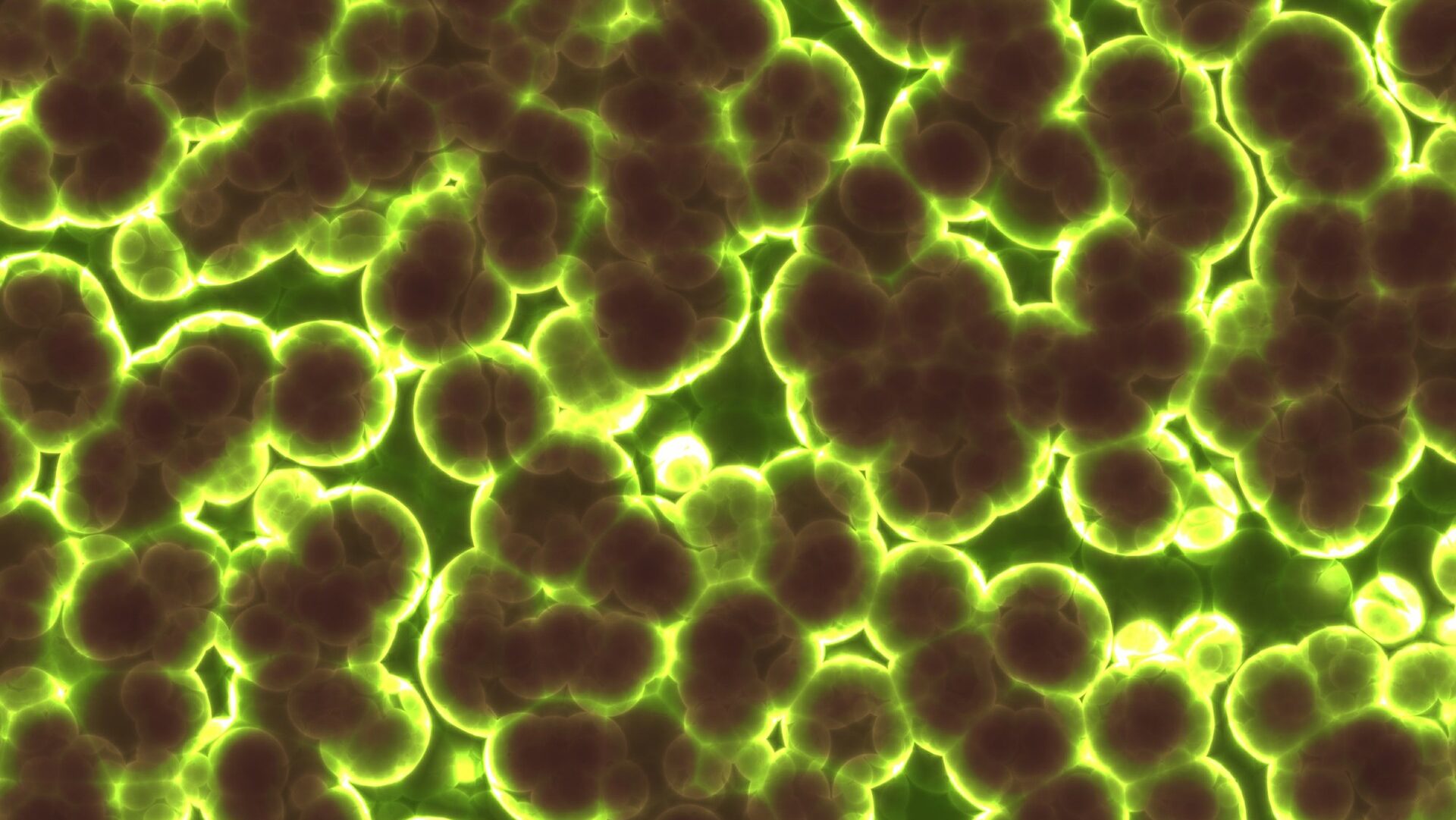Reading Time – 5 Minutes, Difficulty Level 2/5
Bacteria are single celled microscopic organisms that populate every surface on earth. They are constantly adapting to changes in their environment and have evolved amazing ways by which to thrive in their specific niches. Amazingly, cells not only respond to stimuli in an individualistic manner, but also have evolved mechanisms by which to communicate with each other upon a change in the environment.
Single Cells
Individually, it is very important for cells to interact with their environment in order to evade danger or remain in nutrient dense areas. Bacteria are able to explore their environment via receptors on their cell membranes and, in this way, are able to recognize if the surface they are on is acceptable for growth. For example, a bacteria that will grow optimally within a specific host, may only express adhesion molecules (molecules that let the cell to attach to the host) when specific host proteins are present. In this case, the host protein would bind to and stimulate receptors on the bacterial cell, letting it know that it is within an optimal growth environment, and activating downstream signalling mechanisms that change gene expression.
In other instances, environmental factors such as changes to the cell membrane can impart key information about the environment to the organism. These changes include deformation (squishing or bending) by shear force, high osmolarity, or an altered membrane curvature, and can be the result of any number of changes to the environment. These cues can drive a bacteria to either attach to a nearby surface, or continue in pursuit of a niche they can thrive in.
Biofilms
We’ve all been taught that there is power in numbers and, as it turns out, bacteria have been using this method of survival long before us! Like humans, bacteria live in populations with thousands of individual cells. These populations are known as biofilms and, although it may seem foreign, we have all seen biofilms somewhere before, whether it be the plaque that builds on our teeth or slime on dirty shower tiles.
Bacteria form these communities as a means to protect themselves from the environment and to establish a dominant position in the ecological niche. For example, biofilms provide protection from predators such as bacteriophages (viruses that infect bacteria), immune cells, antibiotics, and forces such as running water. Biofilms also allow bacteria to expand their genetic diversity by providing opportunities for cells to come into close enough contact to share genetic information, such as a gene imparting antibiotic resistance. Thus, if one cell acquires a mutation to become resistant to an antibiotic, all cells in the biofilm have the potential to gain this mutation, ultimately increasing the likelihood of survival for the whole population.
On the offensive side of things, bacteria in biofilms can coordinate the expression of toxins into their environments in order to further consolidate power and remove competitors from their environmental niche.
Quorum sensing
While in these tight knit biofilms, bacteria must make coordinated decisions based on what is best for the group. To do this, bacteria have evolved a mechanism known as Quorum Sensing. In a nutshell, this sensing involves some cells in a colony releasing small molecules, usually proteins, that will then interact with receptors on the cell membranes of nearby cells. When the signalling molecules bind to nearby cells in high enough quantities, specific genes can be activated or deactivated based on the specific signalling pathway initiated by the altering cells.
The intensity of communication and its subsequent effects is based on the overall concentration of molecules released, which will be increased with an increasing population. This form of communication, then, also allows populations of bacterial cells to determine how densely populated they are. Quorum sensing ultimately allows cells to coordinate rapid and specific responses to their environment including nutrient allocation, colony luminescence, immune suppression of the host, movement, and biofilm production/expansion.
Despite being single cellular organisms, bacteria do not lack complex evolutionary mechanisms of survival. Due to the lack of control they have over their environment they have become proficient at choosing and fortifying themselves within specific ecological niches, and have developed mechanisms by which they can signal to their counterparts of the dangers or benefits that lie ahead.
References:
Azimi, S., Klementiev, A. D., Whiteley, M., & Diggle, S. P. (2020). Bacterial Quorum Sensing During Infection. Annual Review of Microbiology, 74(1). https://doi.org/10.1146/annurev-micro-032020-093845
Laventie, B.-J., & Jenal, U. (2020). Surface Sensing and Adaptation in Bacteria. Annual Review of Microbiology, 74(1), 735–760. https://doi.org/10.1146/annurev-micro-012120-063427
Popat, R., Cornforth, D. M., McNally, L., & Brown, S. P. (2015). Collective sensing and collective responses in quorum-sensing bacteria. Journal of the Royal Society Interface, 12(103), 20140882. https://doi.org/10.1098/rsif.2014.0882

I’m a first year Masters student at Queen’s University, Ontario, Canada studying Immunology and Cancer, following on from completing a BSc at the University of Guelph, Ontario.
I have a passion for Molecular Biology, with a particular interest in the use of modern molecular techniques to treat and cure disease.








